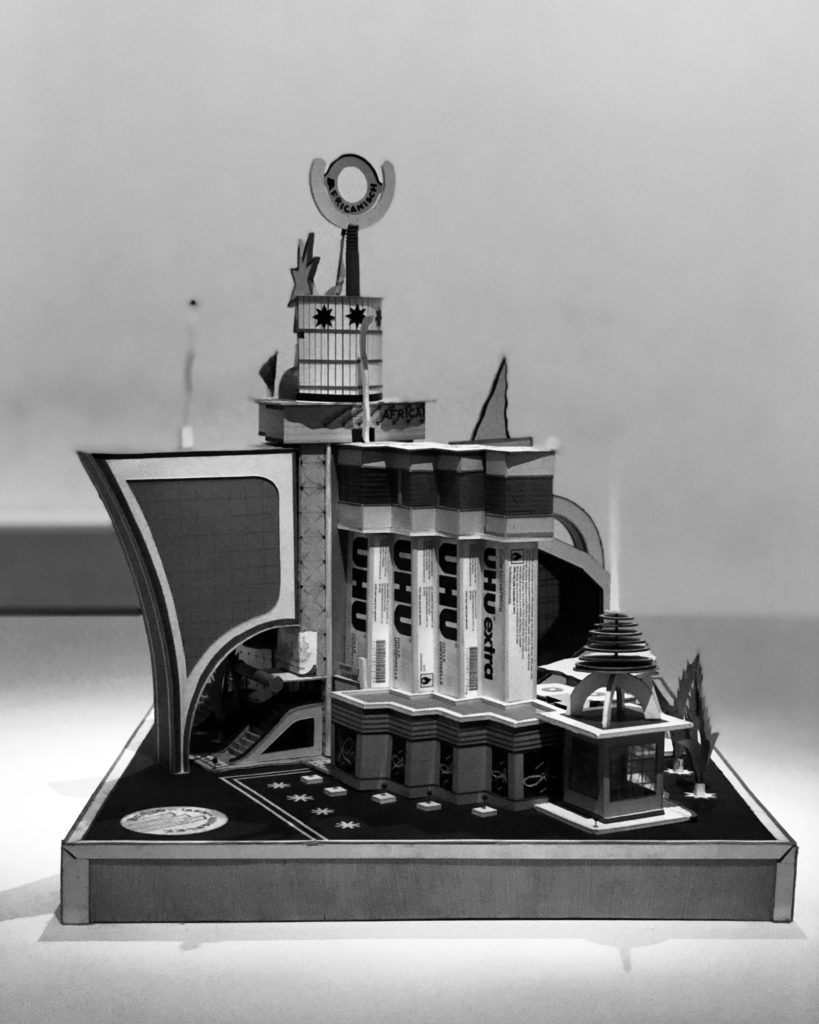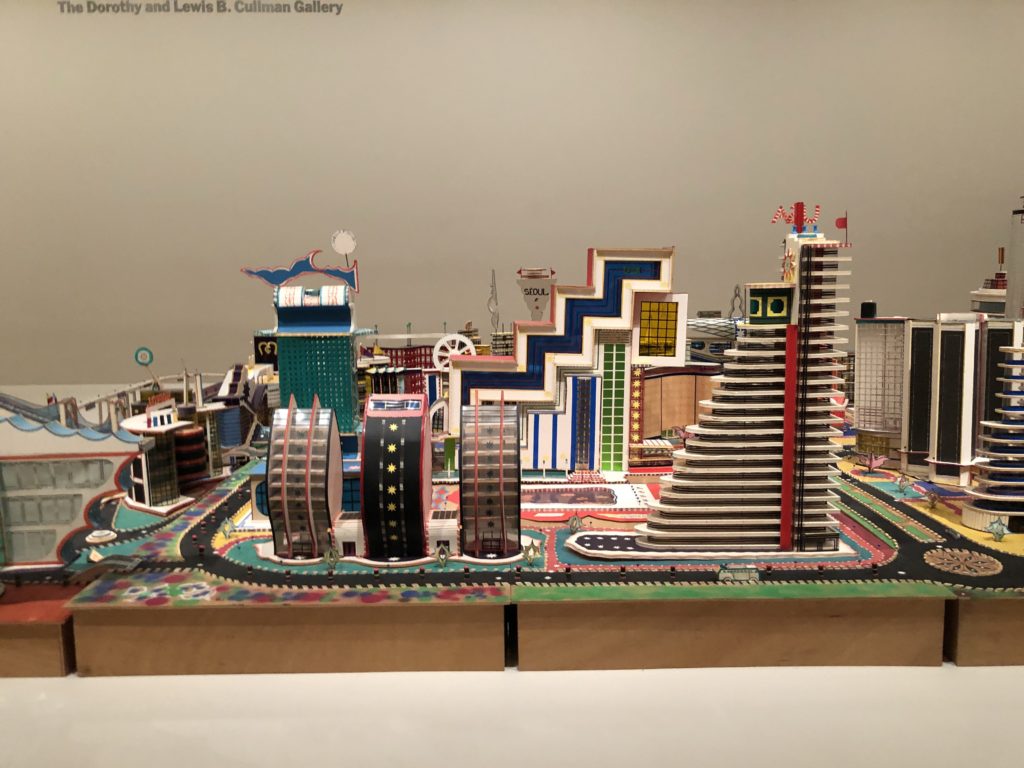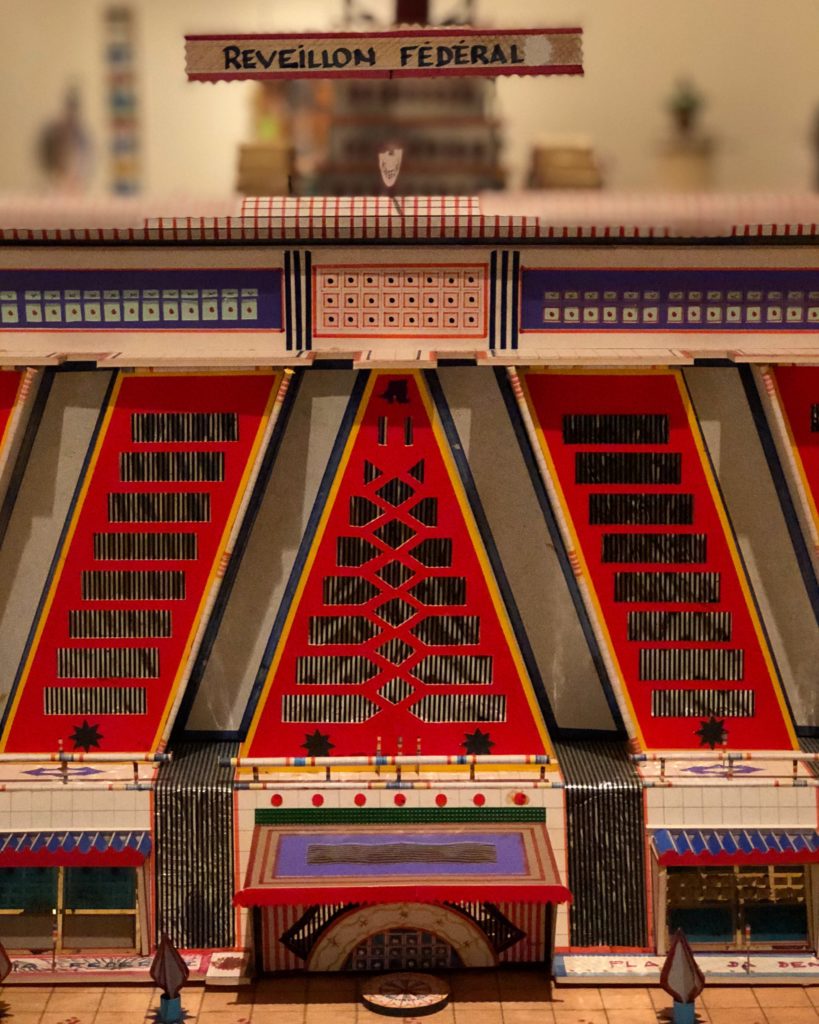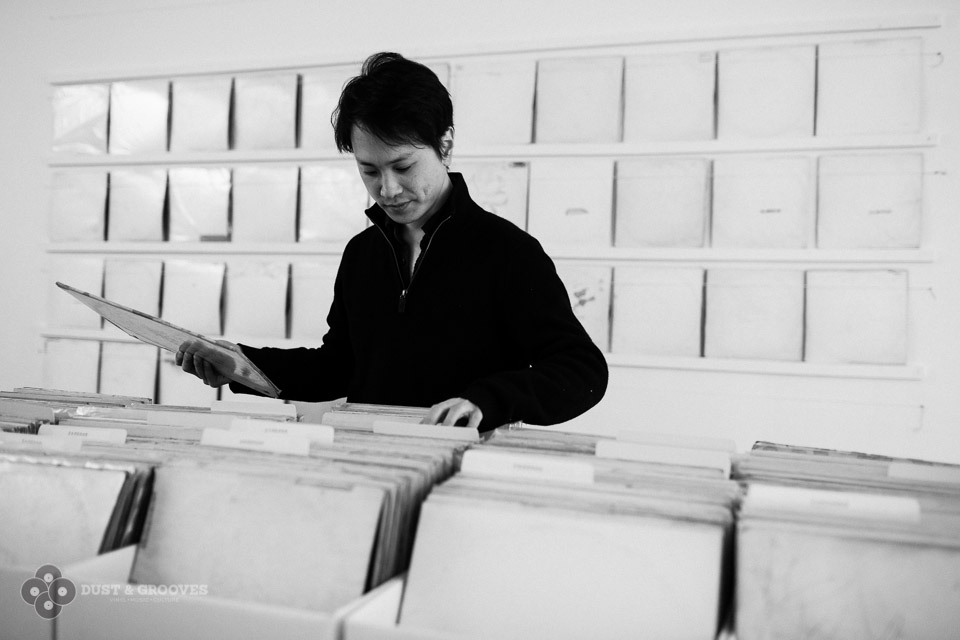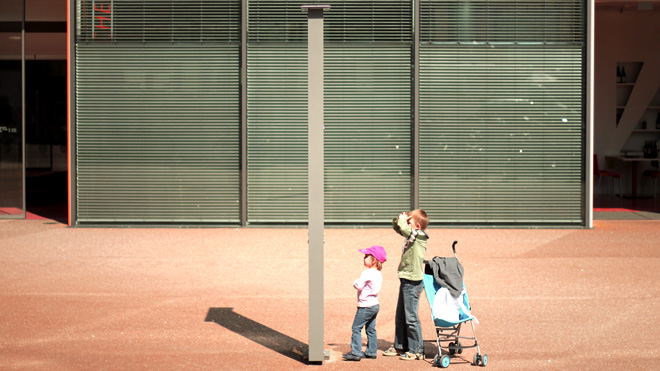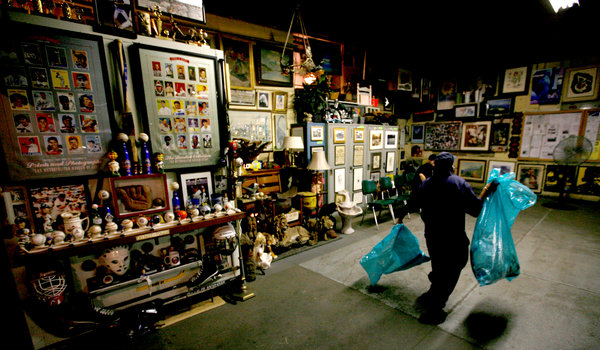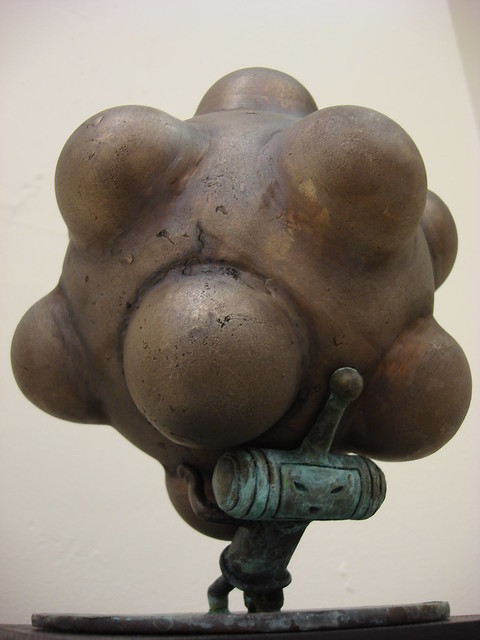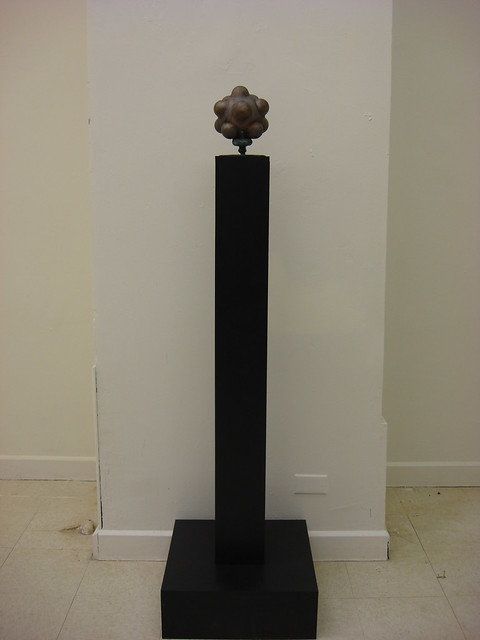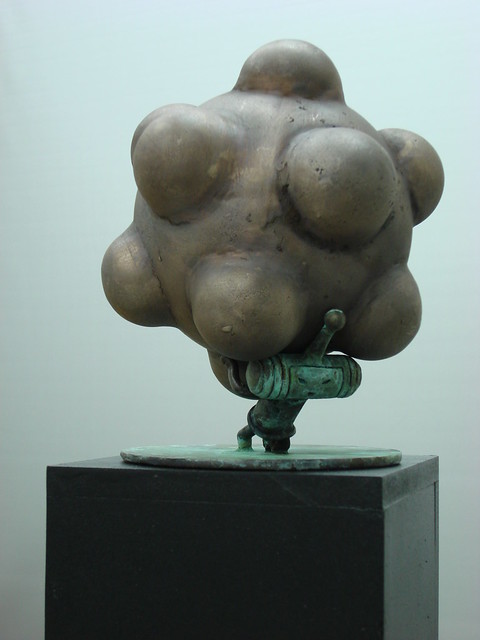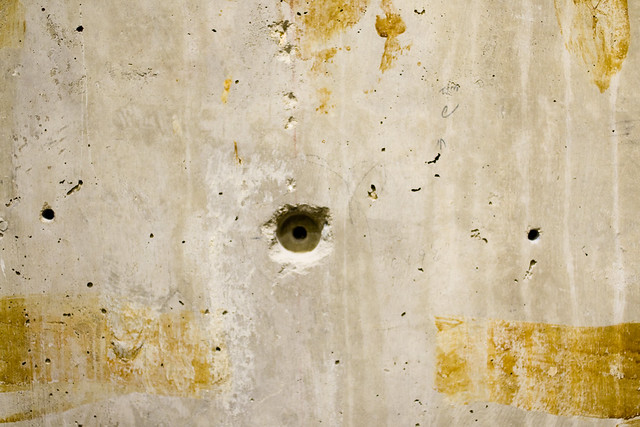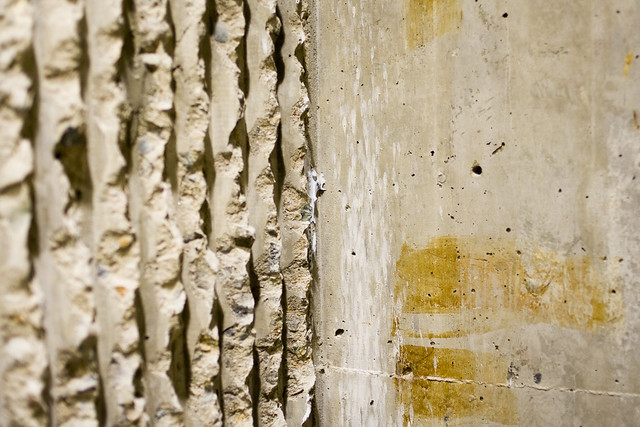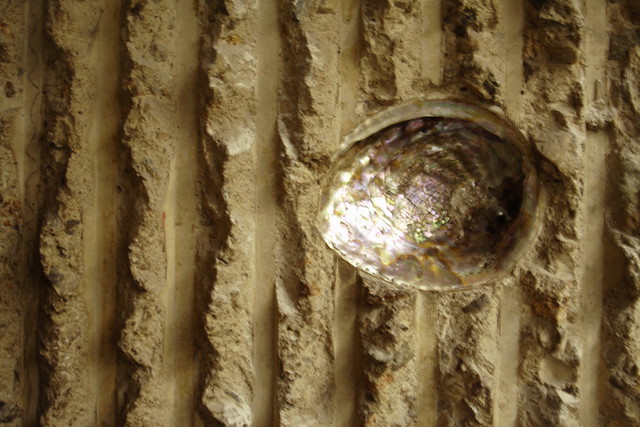At MoMA, through the rest of 2018, is an interesting exhibition entitled Bodys Isek Kingelez: City Dreams. It is a retrospective of artist Bodys Isek Kingelez (1948–2015) who was based in then-Zaire (now the Democratic Republic of Congo):
following its independence from Belgium, Kingelez made sculptures of imagined buildings and cities that reflected dreams for his country, his continent, and the world.
These are amazing models of what could happen, a speculative dream for a new country emerging from great change, all created from everyday and readymade objects. The work is amazing, and you should go. A few times.
My criticism of the work is that the future dreamworld looks dreadful from an urbanist point of view. The future that Bodys Isek Kingelez envisions has come to life in parts of Beijing and in Gurgaon, right outside New Delhi, India. Gurgaon is the manifestation of libertarian space; rife with walled fortress-like compounds which require a car to navigate from one to the other, all cloaked in dust and smog. There is no space for walking or biking; no space for simple pleasures of moving from space to space without the requirement of a car to convey you to that new space.
These are spaces where the body is cut off from each other; spaces where the building form is more important than the person:
Now this criticism might seem unfair, or jumping to conclusions based on art but the work as a whole leaves me with trepidation that the future dream is not truly human-centered, rather the future envisioned is a series of unconnected edifices. Yet this work also, in a way, correctly predicts star architects, run amok libertarian space, and the foregrounding of building not urbanism.
